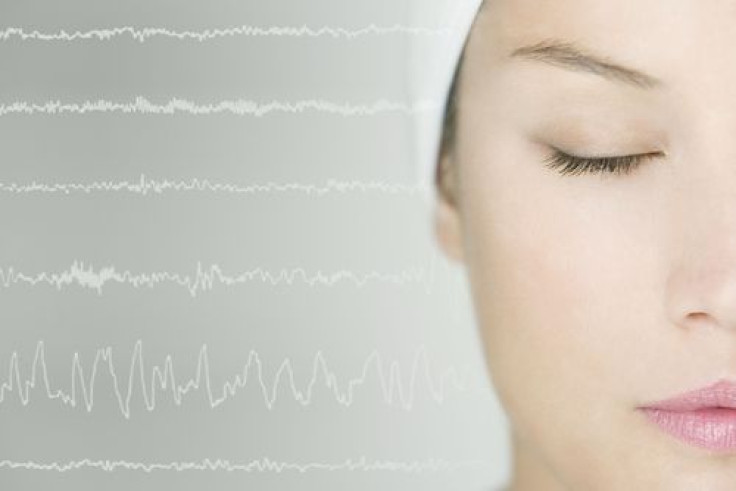Impulses, Judgments Are Made Before The Person Thinking Them Realizes It; Could Lead To Better Addiction Treatments

First impressions really are everything when it comes down to making a judgment on anything from food, money, and cars, to love. Now, the earliest judgments the brain makes have been seen. Australian researchers from the University of Melbourne studied brain images to determine how a person judges and feels what they’re looking at, even before they have time to gather their thoughts. They published their findings in the journal PLOS ONE.
“We have found that brain activity when looking at images can encode judgments such as time reference, even when the viewer is not aware of making such judgments,” the researchers said. “Moreover, our results suggest that certain images can prompt a person to think about the present or the future. For instance, consider someone trying to quit gambling who sees a gambling advertisement on TV. Even if this person is trying to ignore the ad, their brain may be unconsciously processing it and making it more likely that they will relapse.”
The research team fitted participants with electroencephalography (EEG) technology, a non-invasive cap that monitors brain waves, and looked at how strongly they could make a person think of the past or future, as well as how exciting they thought each image was. The measurements will be useful to determine how people make impulsive decisions and how in control they are of those decisions — it could be used to look into the brains of addicts, for example. The brain activity was recorded and interpreted with a statistical decoding technique. It found that the activity occurred before the individual even knew what he or she was looking at.
“Our results suggest that prompting people with images related to the future might cause processing outside awareness that could make it easier to think about the future,” said the study’s co-author Daniel Bennett, a researcher at the University of Melbourne, in a press release. “In theory, this could make people less impulsive and more likely to make healthy long-term decisions. These are hypotheses we will try to test in the future.”
Knowing how strongly a gambling advertisement, a bar, or a cigarette excites a person’s brain earlier, may help researchers design custom, long-term behavioral therapies. Beyond that, impulsive behavior is often catalyzed by a prompt in the world, such as the smell of leftover cigarette smoke, or the sound of dice rolling or cards shuffling. The prompts change the brain’s waves before a person even knows what's happening. By determining where that happens in the brain, scientists may be able to stop the impulses before they become tangible thoughts. Interrupting addictive behavior is difficult when a person is fully aware of the process, but recognizing the thoughts beforehand may be the trick to a perfect intervention.
Source: Bennett D, Stahl J, Murawski C, and Bode S. Distributed Patterns of Event-Related Potentials Predict Subsequent Ratings of Abstract Stimulus Attributes. PLOS ONE. 2014.



























